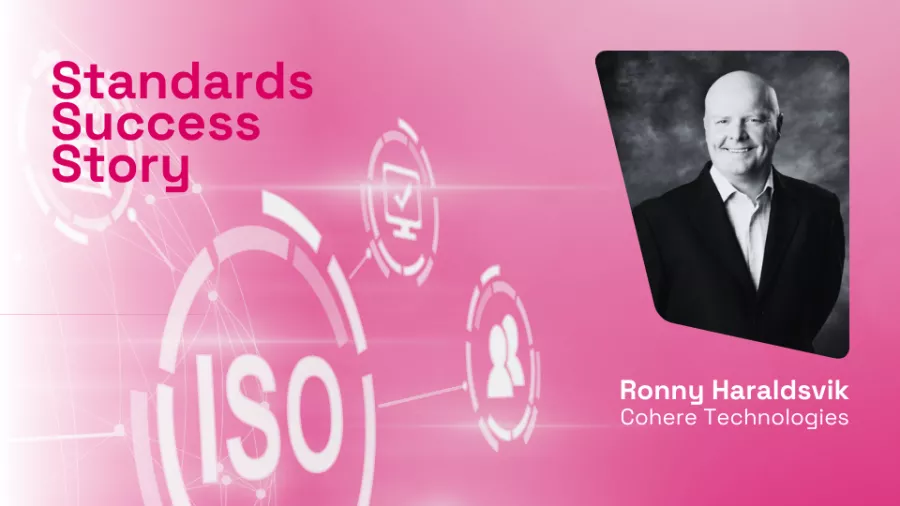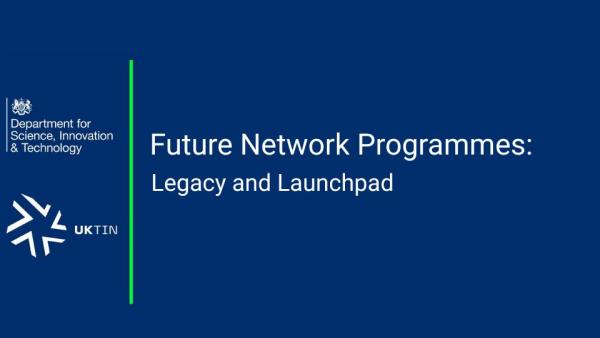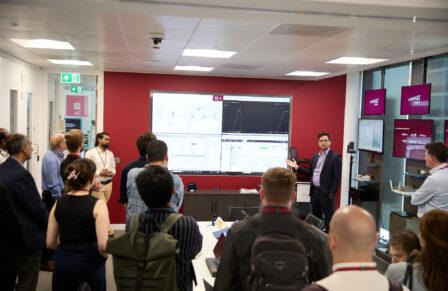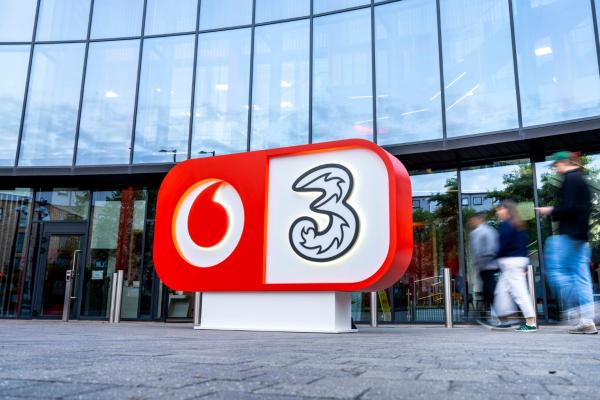
By Ronny Haraldsvik, CMO / SVP Business Development & Field Systems Engineering at Cohere Technologies
What constitutes success is different for every business. For Flarion, the telecoms start-up where I served as a VP of marketing and helped lead the business to an impactful exit, success meant having our technology included in — what was then — the new 4G standard. We knew our best route was to have support from leading mobile operators, OEMs and the industry. Another option was to become acquired by one of the leading telco giants.
Alone, it would have been very difficult to achieve this outcome. Indeed, the list of companies who have died trying is a long one. (If you have spent a couple of decades in wireless, you’ll have plenty of battle scars.)
Flarion’s story is a valuable case study for any small business considering competing for acceptance into a telecoms standard. I’ve shared my recollections of it below.
The situation
In the early 2000s, the telecoms industry was experiencing a shift. Mobile connectivity was emerging as an increasingly important mode in the future of communications — and the big players were cementing their claims to leading roles in shaping this future.
Qualcomm was dominant. The company’s research and heavy investment into code-division multiple access (or CDMA) technology for mobile phone networks had paid off, and placed it in a leading position when it came to deciding the makeup of the 3G standards.
But the march of innovation is ever forward, and Qualcomm was already busy keeping tabs on how 4G standards might shake out — and which cutting-edge technologies operators were favouring.
At Flarion, we found ourselves at this cutting edge. But we recognised that Qualcomm’s own route to success via 3G standards-making would be out of reach for a relatively small start-up such as we were at the time. In order to have our proprietary technology included in the next generation of standards — both improving future technological outcomes and compatibility, and securing the longevity of our solutions — we would need to take a different, more collegiate approach.
Our approach
Flarion had spearheaded the development of orthogonal frequency-division multiplexing (OFDM) technology, and invented and trademarked Flash-OFDM for mobile broadband communications.
We were confident that our solutions had a vital part to play within 4G, and all the hopes for greater connectivity that it embodied. But we also recognised that we were a small player in a much bigger battle.
Core to our approach was to build — or insert ourselves into — a wider consortium, including significant industry players, who were all pulling in our desired direction.
With 3G standards only recently having been adopted by 3GPP (the leading standards body for mobile in telecoms), we had some time to shore up support for the inclusion of our proprietary OFDM technologies within future standards.
As the debate simmered over which OFDM variant to back, we demonstrated our use cases and built up a coalition of support within the smaller IEEE standards body. This would prove to be hugely important.
We demonstrated our value, and our mettle, by running successful US trials with Nextel (soon to merge with then-market-leader Sprint). We lined up major European mobile operators including Deutsche Telekom and Vodafone to back us.
By the time other proposed solutions began to falter, Flarion had already established itself as the strongest option — and an attractive acquisition target for those bigger players seeking to maintain their dominance in the standards conversation.
The result
In 2006, Qualcomm announced that it had finalised its acquisition of Flarion Technologies for approximately $600 million in a stock and cash deal (with an additional $205 million lined up for when certain milestones were met — which did indeed happen).
This acquisition had hinged on Flarion’s expansive portfolio of OFDM IP, as well as the technical expertise we had nurtured within the company. The cost of supporting a standards-making team, and funnelling our IP efforts in the direction of 4G, was dwarfed by the success of our acquisition.
My biggest takeaways from this incredible, sometimes draining, but always invigorating experience:
- It’s going to take a lot more time, money, and effort than you think — but get it right, and it will be more than worth it.
- Hire the most senior, experienced person you can who knows the standards bodies — you may be a cash-strapped start-up, but this specific expertise is priceless.
- If you are a small business, then you are likely going to be a small player in a much bigger pitched battle. Make sure you have big brothers and sisters to help.
- Pursuing standards requires stubbornness and optimism in equal measure — but don’t lose sight of your purpose.
- When you’ve changed the world, you’ll still be waking up with a smile 20+ years later.









